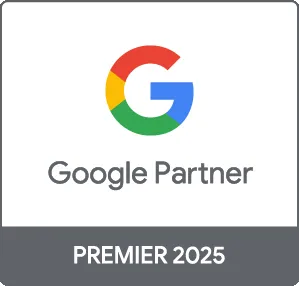Targeting the right audience is crucial for the success of your Google Ads campaigns. Knowing who your audience is not only improves your ad performance but also increases your return on investment (ROI). In this guide, we will explore the various strategies and techniques to identify and define your target audience for effective Google Ads campaigns, ensuring that you connect with the right customers.
Why Target Audience Matters in Google Ads
Understanding your target audience can significantly influence the success of your campaigns. By pinpointing who is most likely to engage with your brand, you can tailor your ads to meet their needs, leading to higher click-through rates (CTR) and conversions. Here’s why it matters:
- Improved Relevance: Targeting a specific audience enhances ad relevance, which can lower costs.
- Increased Engagement: More relevant ads create better engagement and increase the likelihood of conversions.
- Better Optimization: A clear understanding of your target audience allows for better campaign optimization over time.
How to Define Your Target Audience
Defining your target audience involves considering various factors. Here are key elements to evaluate:
- Demographics: Age, gender, income level, and education can shape how you craft your ads.
- Geographics: Location can help you tailor ads to specific regional markets.
- Psychographics: Understanding interests, values, and lifestyles helps create a deeper connection.
- Behaviors: Analyzing online behavior helps in remarketing efforts to re-engage visitors.
Utilizing Google Ads Targeting Features
Google Ads offers a variety of targeting options to reach your desired audience effectively:
- Keywords: Use relevant keywords to match your ads to users' searches.
- In-Market Audiences: Target users actively looking to purchase specific products or services.
- Custom Audiences: Create audiences based on your data, like website visitors or email lists.
- Remarketing: Reconnect with users who have previously interacted with your site.
Testing and Refining Your Audience
Once you have defined your target audience, continuous testing and refinement is essential:
- Conduct A/B testing for different audience segments to see which performs best.
- Use analytics tools to measure engagement and adjust targeting based on performance.
- Regularly update your audience criteria based on market trends and consumer behavior changes.
Conclusion
Identifying and targeting the right audience for your Google Ads campaigns is vital for maximising your marketing efforts. By understanding the demographics, psychographics, and behaviors of your audience, and leveraging Google Ads’ robust targeting features, you can drive more qualified traffic to your business. At Prebo Digital, we specialise in creating targeted ad strategies that deliver results. Ready to enhance your Google Ads campaigns? Contact us today for a free consultation!





